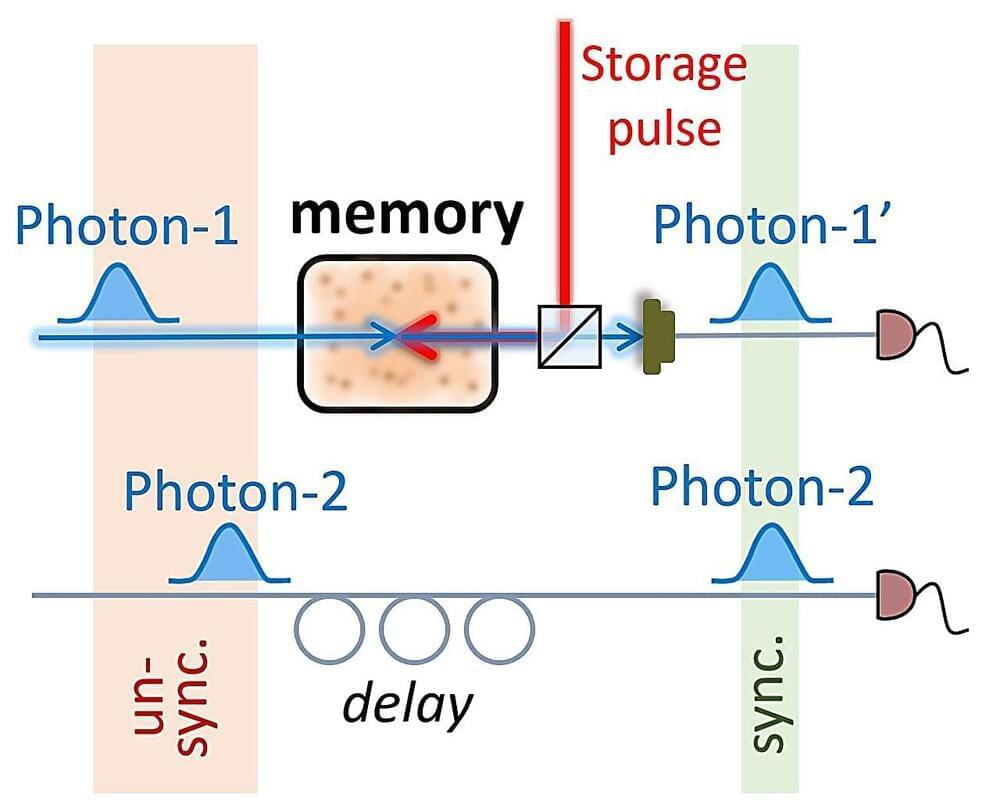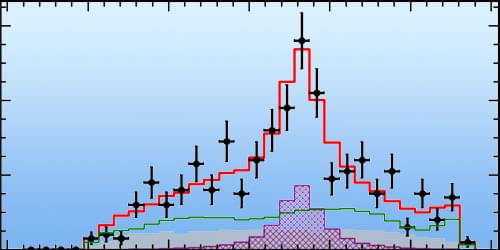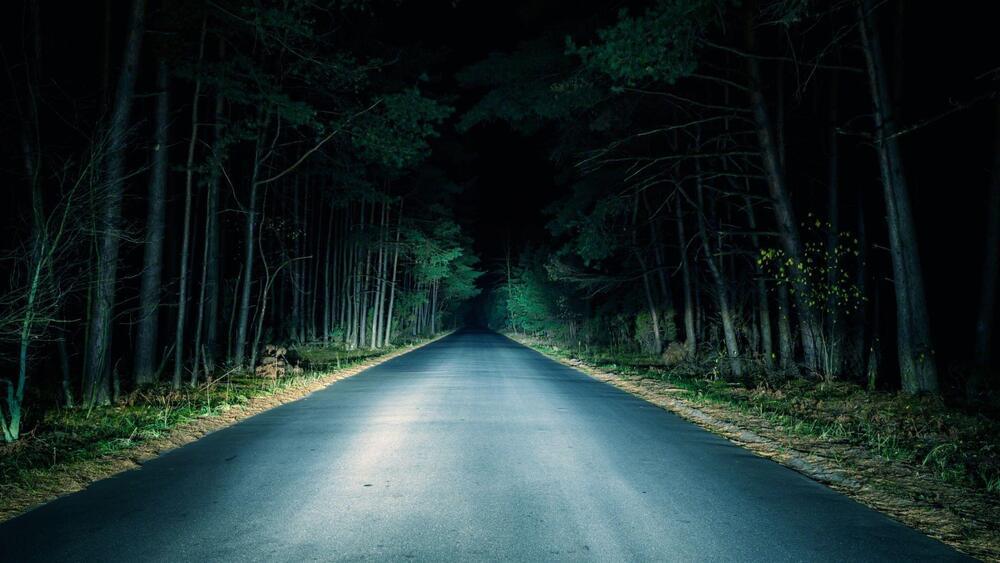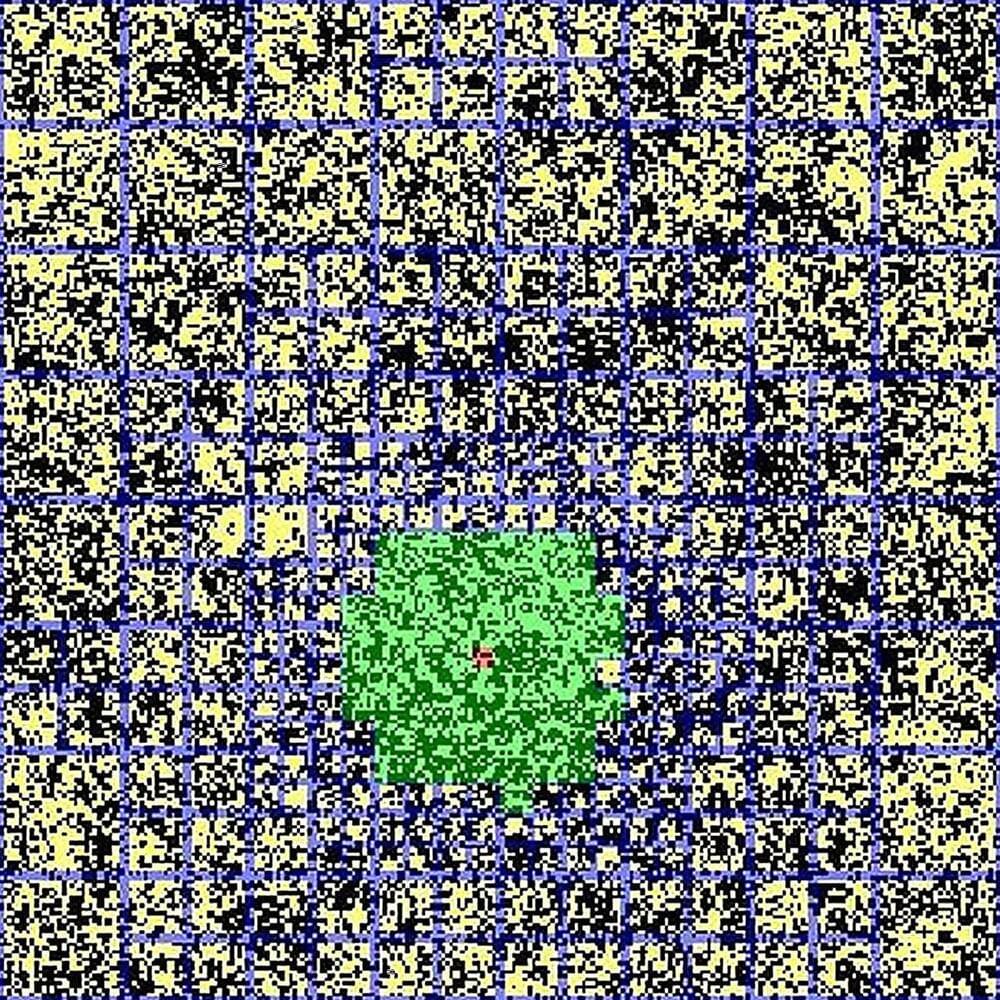When two particles are entangled, the state of one is tied to the state of the other.



A long-standing challenge in the field of quantum physics is the efficient synchronization of individual and independently generated photons (i.e., light particles). Realizing this would have crucial implications for quantum information processing that relies on interactions between multiple photons.
Researchers at Weizmann Institute of Science recently demonstrated the synchronization of single, independently generated photons using an atomic quantum memory operating at room-temperature. Their paper, published in Physical Review Letters, could open new avenues for the study of multi-photon states and their use in quantum information processing.
“The project idea came about several years ago, when our group and the group of Ian Walmsley demonstrated an atomic quantum memory with an inverted atomic-level scheme compared to the typical memories—the ladder memory, named fast ladder memory (FLAME),” Omri Davidson, one of the researchers who carried out the study, told Phys.org. “These memories are fast and noise-free, and therefore they are useful for synchronization of single photons.”
Watch over 2,400 documentaries for free for 30 days AND get a free Nebula account by signing up at https://curiositystream.com/upandatom and using the code “upandatom”.
New streaming platform Nebula: https://watchnebula.com/
The Anthropic Principle and why we might live in a multiverse.
Hi! I’m Jade. Subscribe to Up and Atom for physics, math and computer science videos!
*SUBSCRIBE TO UP AND ATOM* https://www.youtube.com/c/upandatom.
Visit the Up and Atom Store.

An international team of scientists has succeeded in experimentally confirming a characteristic of topological materials.
Scientists from around the globe have experimentally confirmed a unique characteristic of topological materials. Using ‘3D glasses’-like technology and particle accelerators, they successfully visualized the relationship between an electron’s topology and its quantum mechanical properties, marking a significant step forward in understanding these future-focused materials.
Topological quantum materials are seen as a beacon of hope for energy-saving electronics and the high-tech of the future. A defining feature of these materials is their ability to conduct spin-polarized electrons on their surface, while remaining non-conductive inside. To put this into perspective: In spin-polarized electrons, the intrinsic angular momentum, i.e. the direction of rotation of the particles (spin), is not purely randomly aligned.

A laser for vibrational energy, rather than for light, operating in the quantum regime could teach researchers about the interplay between spin, vibration, and dissipation in quantum mechanics.
Phonon lasers replace the light excitations (photons) that are used in a standard laser with vibrational excitations of matter (phonons). Researchers have now coaxed two ions into forming a phonon laser containing fewer than 10 phonons, placing it firmly in the quantum regime [1], whereas previous phonon lasers had at least 10,000 phonons. The researchers plan to use this quantum phonon laser as a tool to investigate the role of dissipation in the behavior of quantum systems.
Dissipation—energy leaking into or out of a system in the form of heat—is often seen as a nuisance in physics, for example, when it takes the form of air resistance and reduces the fuel efficiency of a car or an airplane. But quantum systems also exhibit dissipation, and its effects in the quantum realm are not fully understood. Jonathan Home of the Swiss Federal Institute of Technology (ETH) in Zurich and his colleagues wanted to investigate how two separate sources of dissipation can interact to affect the behavior of a quantum system. “A laser is the simplest quantum system we could think of” that allows such experiments, Home says.


Using the full capabilities of the Quantinuum H1-1 quantum computer, researchers from the Department of Energy’s Oak Ridge National Laboratory not only demonstrated best practices for scientific computing on current quantum systems but also produced an intriguing scientific result.
By modeling singlet fission —in which absorption of a single photon of light by a molecule produces two excited states —the team confirmed that the linear H4 molecule’s energetic levels match the fission process’s requirements. The linear H4 molecule is, simply, a molecule made of four hydrogen atoms arranged in a linear fashion.
A molecule’s energetic levels are the energies of each quantum state involved in a phenomenon, such as singlet fission, and how they relate and compare with one another. The fact that the linear molecule’s energetic levels are conducive to singlet fission could prove to be useful knowledge in the overall effort to develop more efficient solar panels.

The technology can also be used in fog and smoke, aiding firefighters.
This is according to a report by PopSci published on Wednesday.
Researchers at Purdue University and Los Alamos National Laboratory have joined forces to engineer something they call “heat-assisted detection and ranging,” or HADAR, which consists of a completely new camera imaging system based on AI interpretations of heat signatures. The technology could soon allow vehicles and robots to see at night time.
A once muddy, unclear tech
We have all seen movies where agents use thermal imaging to see their surroundings in the dark, but in reality, this technology is far from practical because thermal radiation particles diffuse into their nearby environments. This means that trying to image them becomes a complicated, muddy, and unclear process.

Researchers at Leipzig University have developed a highly efficient method to investigate systems with long-range interactions that were previously puzzling to experts. These systems can be gases or even solid materials such as magnets whose atoms interact not only with their neighbors but also far beyond.
Professor Wolfhard Janke and his team of researchers use Monte Carlo computer simulations for this purpose. This stochastic process, named after the Monte Carlo casino, generates random system states from which the desired properties of the system can be determined. In this way, Monte Carlo simulations provide deep insights into the physics of phase transitions.
The researchers have developed a new algorithm that can perform these simulations in a matter of days, which would have taken centuries using conventional methods. They have published their new findings in the journal Physical Review X.

Carbon nanotubes, large cylindrical molecules composed of hybridized carbon atoms arranged in a hexagonal structure, recently attracted significant attention among electronics engineers. Due to their geometric configuration and advantageous electronic properties, these unique molecules could be used to create smaller field-effect transistors (FETs) that exhibit high energy efficiencies.
FETs based on carbon nanotubes have the potential to outperform smaller transistors based on silicon, yet their advantage in real-world implementations has yet to be conclusively demonstrated. A recent paper by researchers at Peking University and other institutes in China, published in Nature Electronics, outlines the realization of FETs based on carbon nanotubes that can be scaled to the same size of a 10 nm silicon technology node.
“Recent progress in achieving wafer-scale high density semiconducting carbon nanotube arrays brough us one step closer to the practical use of carbon nanotubes in CMOS circuits,” Zhiyong Zhang, one of the researchers who carried out the study, told Phys.org. “However, previous research efforts have mainly focused on the scaling of channel or gate length of carbon nanotube transistors while keeping large contact dimensions, which cannot be accepted for high density CMOS circuits in practical applications.